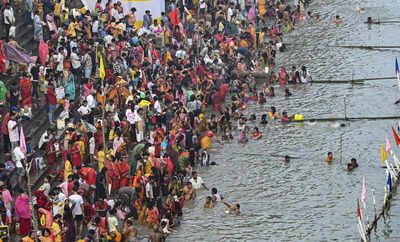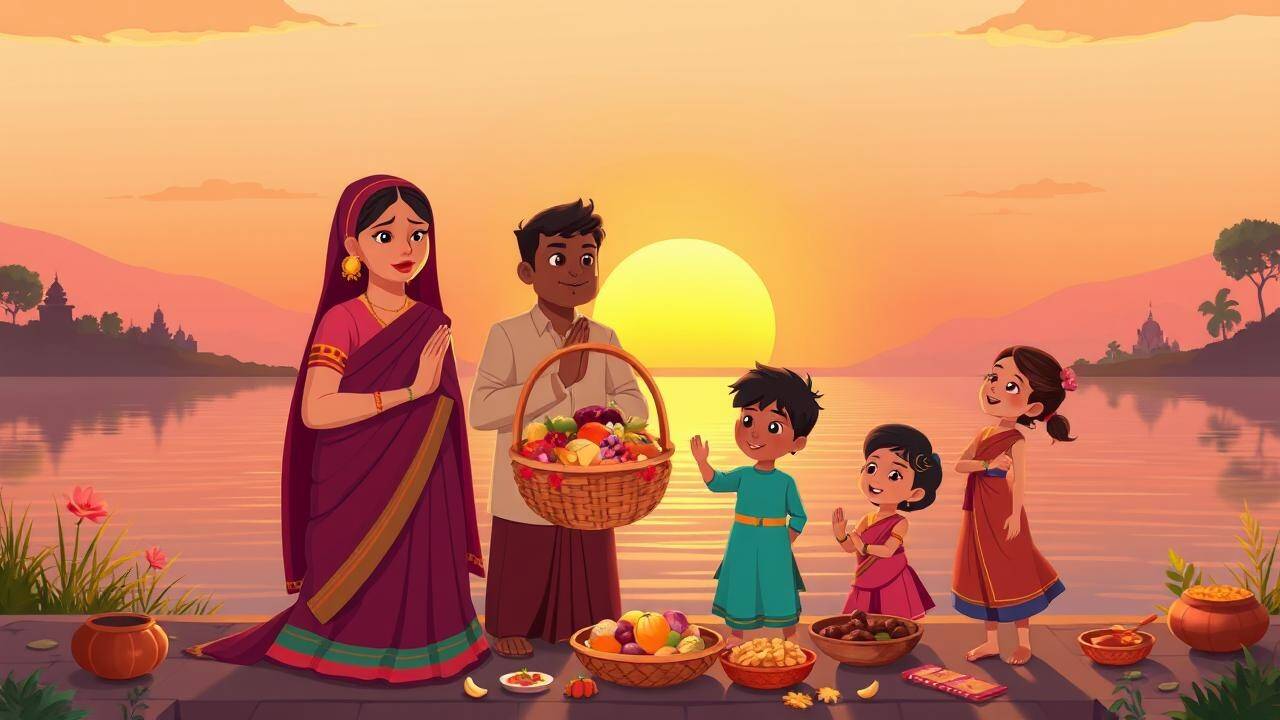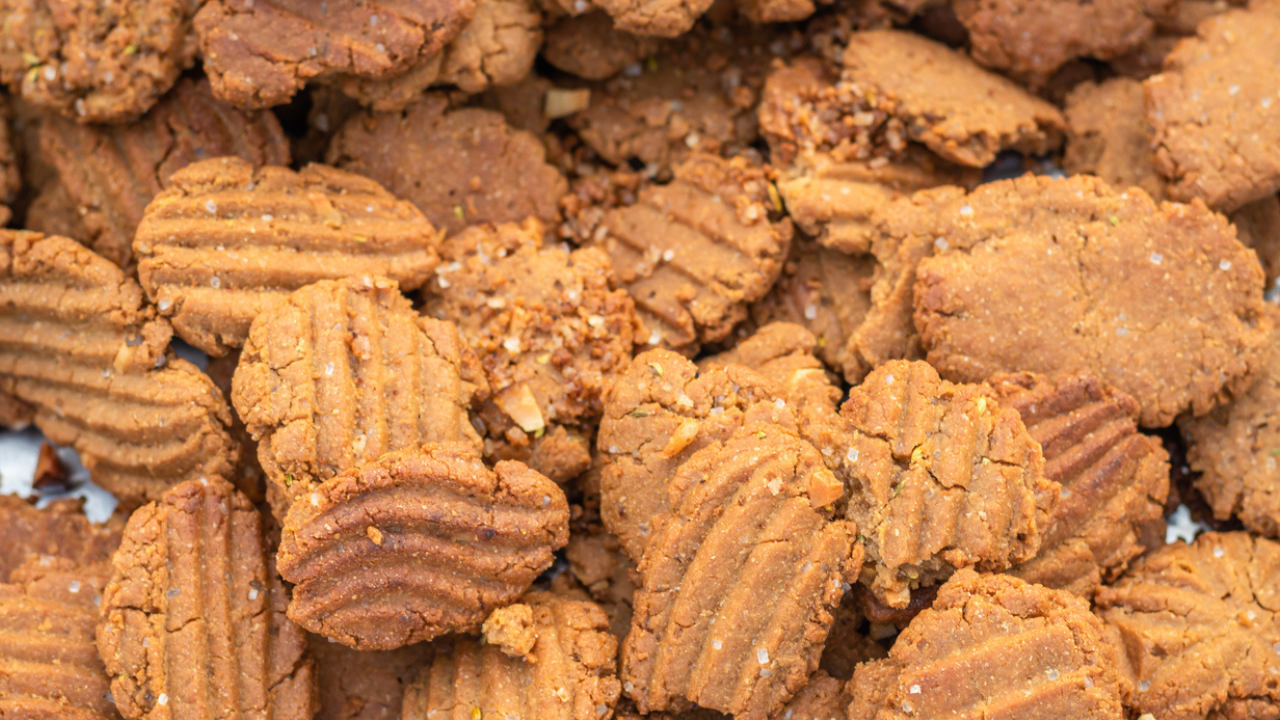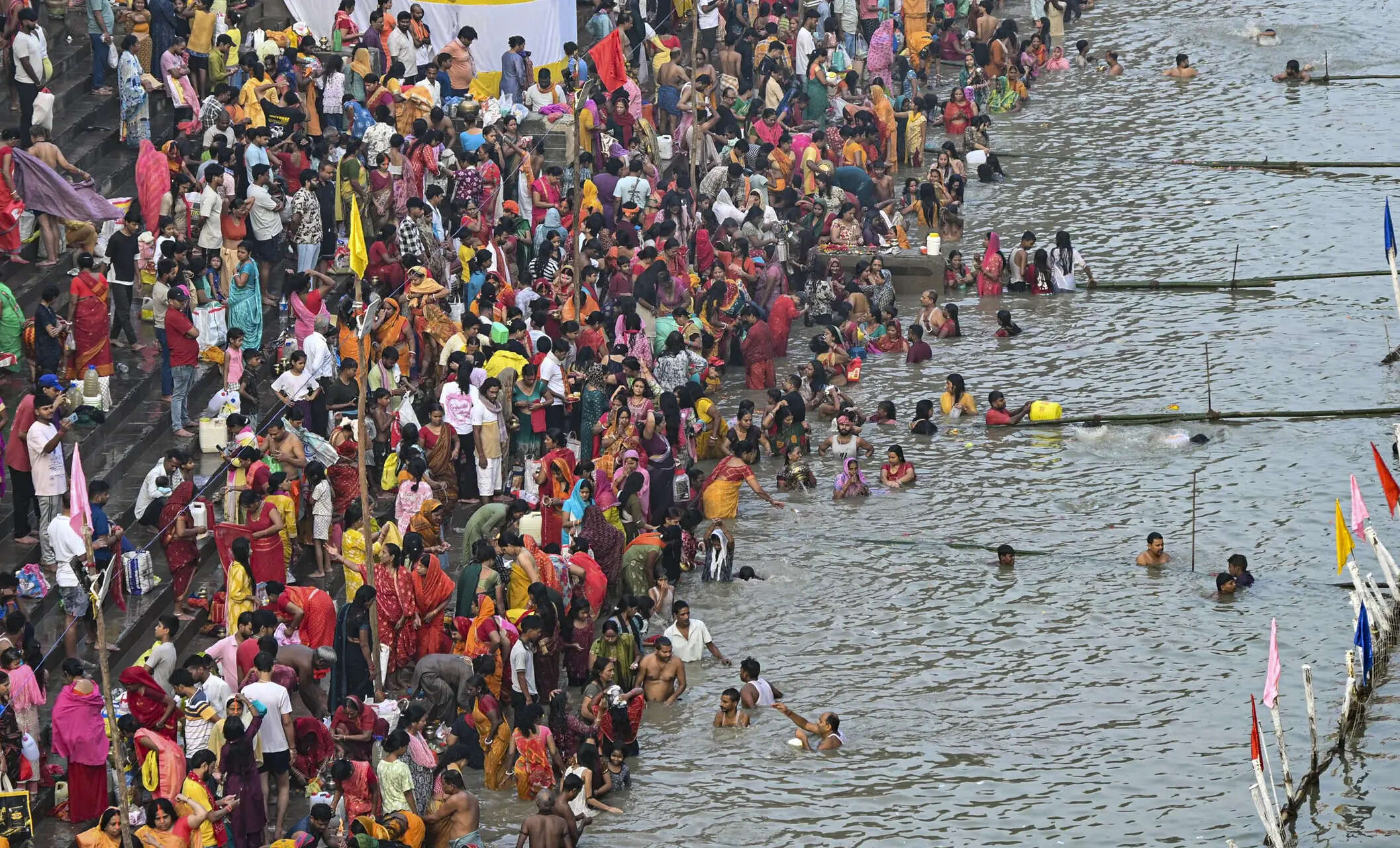ARTICLE AD BOX

Chhath Puja, an ancient Vedic festival, begins with Nahay Khay, a day of purification and simple meals. Celebrated mainly in Bihar, Jharkhand, and eastern Uttar Pradesh, it honors the Sun God and Chhathi Maiya. Devotees observe strict rituals and fasting over four days, expressing gratitude for nature's bounty and seeking blessings.
As the first light of dawn touches the rivers and ponds of Bihar, Delhi, and other parts of East UP, a special kind of silence is felt, filled with faith and devotion. The air feels fresh after the monsoon, carrying the soothing scents of wet earth and sugarcane.
This marks the beginning of Chhath Puja, one of the oldest and most-awaited Vedic festivals celebrated mainly in Bihar, Jharkhand, and eastern Uttar Pradesh.The festival starts with a day called Nahay Khay, which means “bathe and eat.” Devotees, called Vratis, take a holy dip in rivers or ponds early in the morning and carry that sacred water home to purify their surroundings. They also prepare a simple, pure meal without onion or garlic, like boiled chickpeas, bottle gourd curry, cooked on a traditional mud stove.
After this for the Vrati, the next meal is Kharna. This day prepares the mind, body, and home for the intense devotion and discipline the festival asks for.But along with the excitement of the festival, we might sometimes end up asking some unsuitable questions about the festival to our Bihari friends

A family offers prayers to the setting sun by a river, filled with fruits and flowers, embodying devotion and joy.
Here are some questions that one should avoid asking during Chhath Pooja:
Have you got Thekua or have you made it?
Thekua is a very pious and sacred jaggery infused sweet made at homes where Chhath Pooja is performed, after cleaning and scrubbing the house and incorporating all the discipline which the festival demands.
However, Thekua is not made in homes that do not perform the pooja during this period as it is considered as an offering which is supposed to be consumed only after Vratis offer it to the Sun God. Hence, not all your Bihari friends will have thekua ready in their homes and like you, they will also be waiting for Prasad from friends and relatives.

In Bihar, eastern Uttar Pradesh and parts of Jharkhand, Chhath is defined by discipline and a clean ingredient list. Thekua is the signature offering, a sturdy wheat and jaggery cookie fried in ghee. Rasiyaw kheer made with jaggery appears on certain days, along with fruits like sugarcane and seasonal produce. No onion, no garlic, no shortcuts.
Oh! You must be fasting for Chhath Puja! Right?
No, not everyone fasts during Chhath exactly as not everyone fasts on Ekadashi or Durga Ashtami or Karwa Chauth.
Those who take the ‘sankalp’ or vow to do the 4-day fast only fast on Chhath. It is a long, deeply religious fast and not everyone can do it.
Must be celebrating Chhat Puja at home?
While in places like Bihar and East UP, the entire city can be seen on the ghats praying to the rising or setting sun and watching the celebrations, not everyone does the fast and it is not performed in every home. The festival has very strict rituals and requires a lot of diligence and support from friends and family, so those living alone, not in the best of health or living in smaller units or those who have not taken the sankalp do not ‘celebrate’ it in their homes like Diwali or Holi and simply go to the homes of friends and relatives to observe the rituals.

Chhath Puja celebrations in Patna(PTI Photo)
Why is Chhath Pooja celebrated
Chhath Puja is an ancient Hindu festival dedicated to the Sun God (Surya) and his sister Chhathi Maiya. It is a way for devotees to thank the Sun God for his blessings and to seek good health, prosperity, and spiritual growth. People offer prayers to the rising and setting sun over four days, following strict fasting and rituals. The festival also coincides with the harvest season, symbolising gratitude for nature’s gifts and the life-sustaining power of sunlight.

 10 hours ago
5
10 hours ago
5









 English (US) ·
English (US) ·